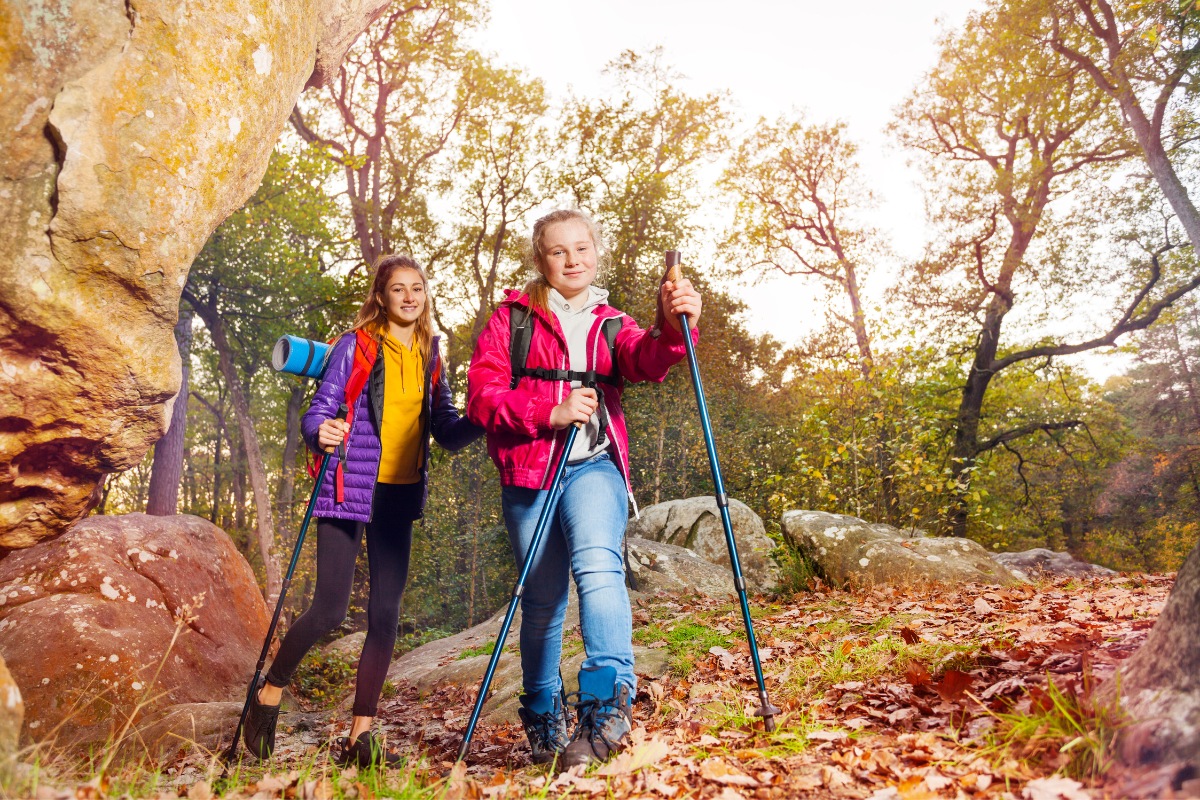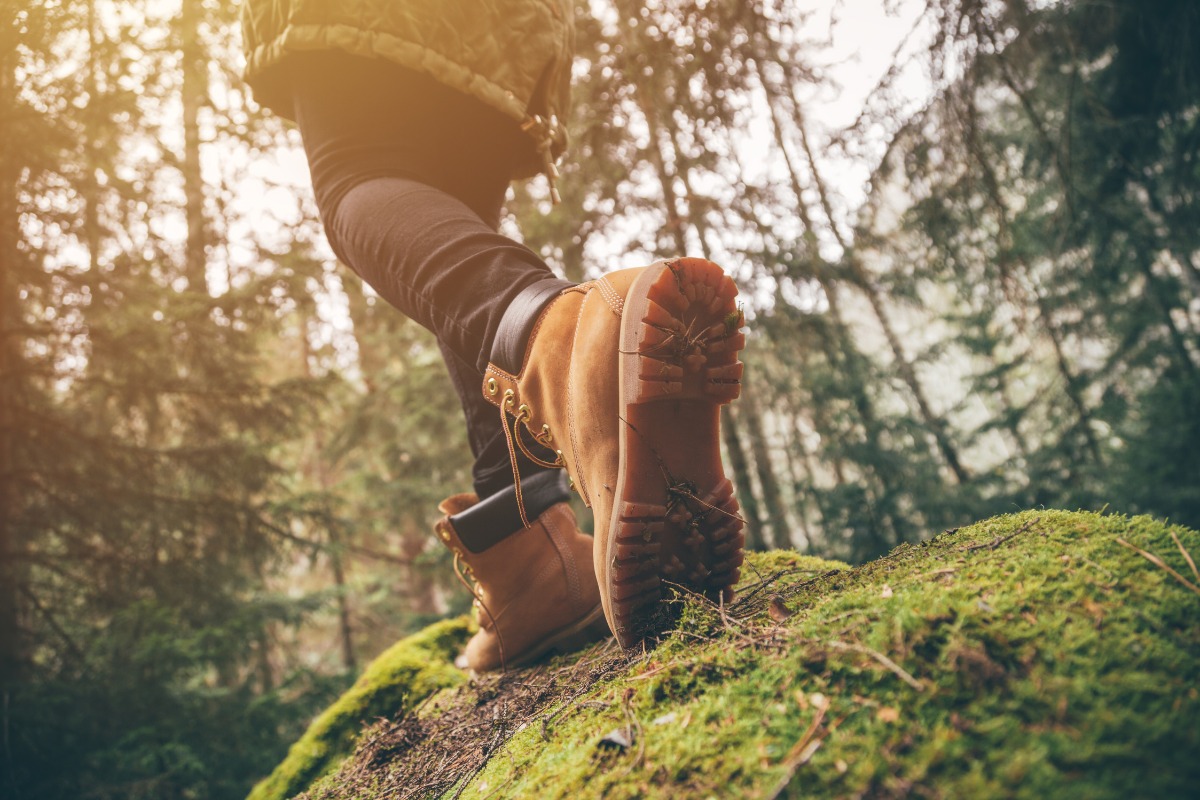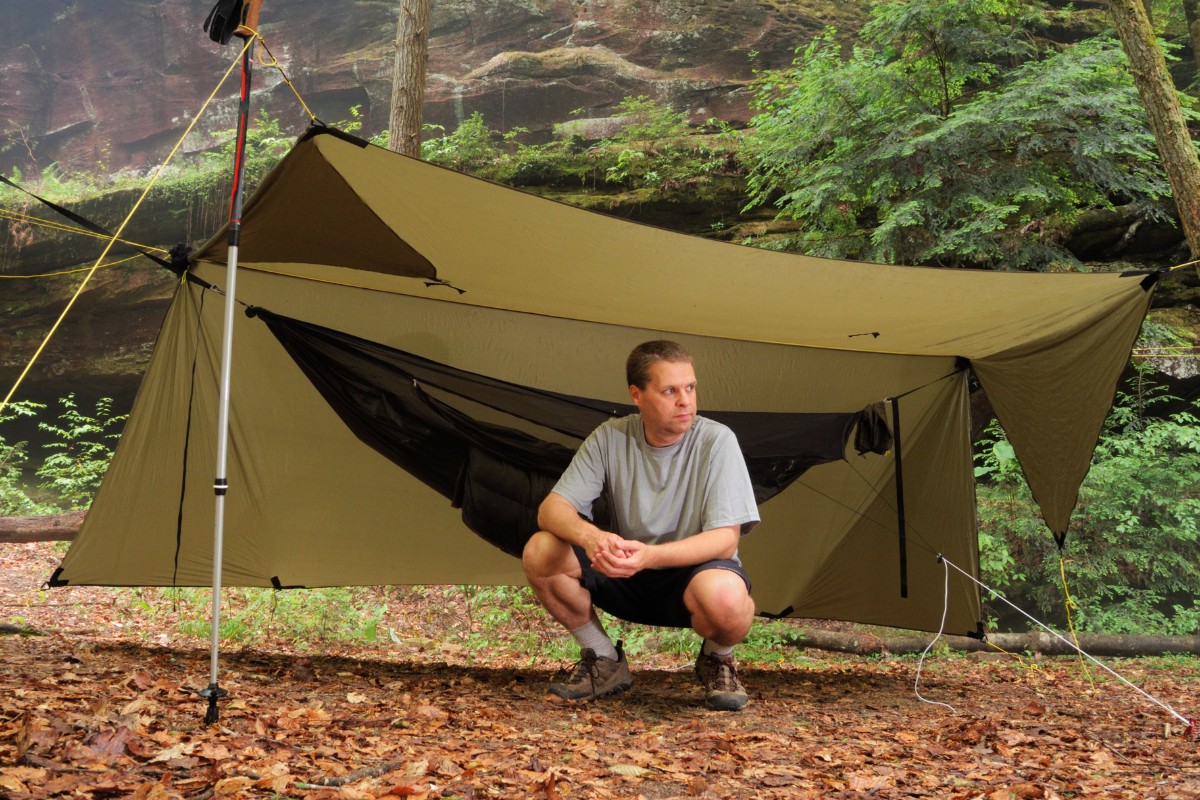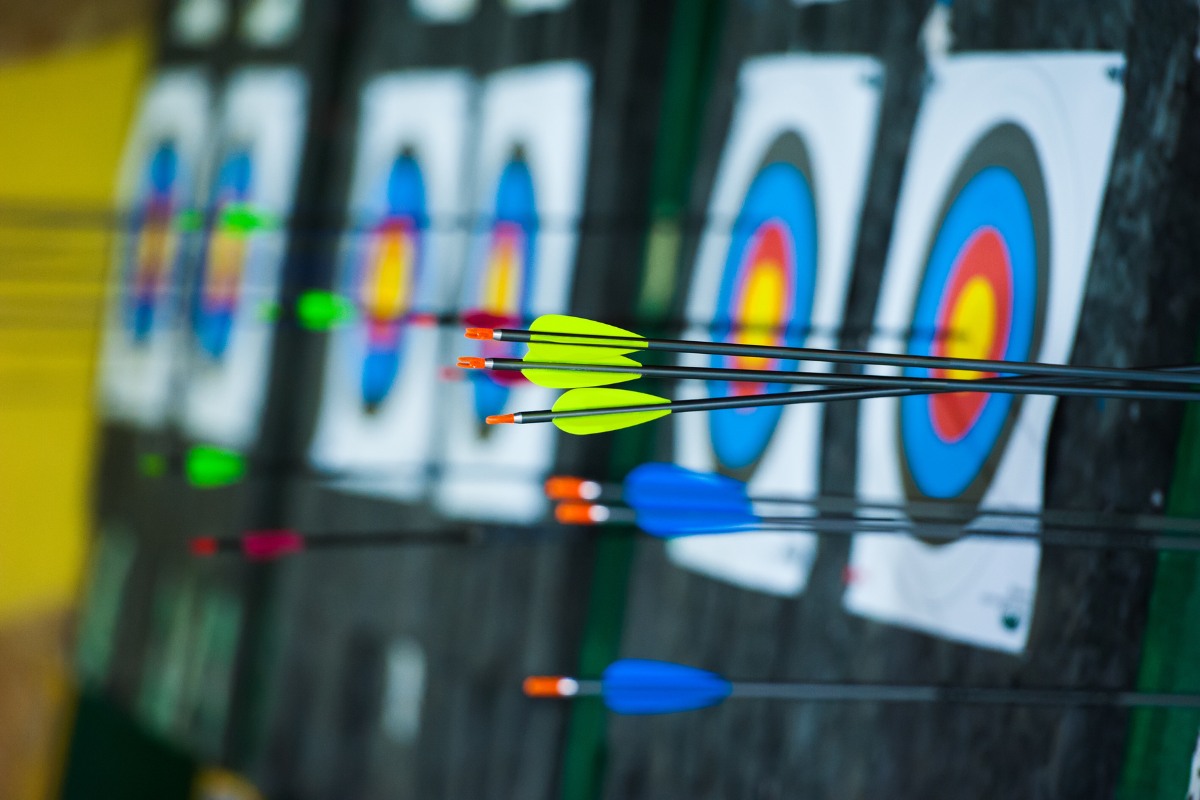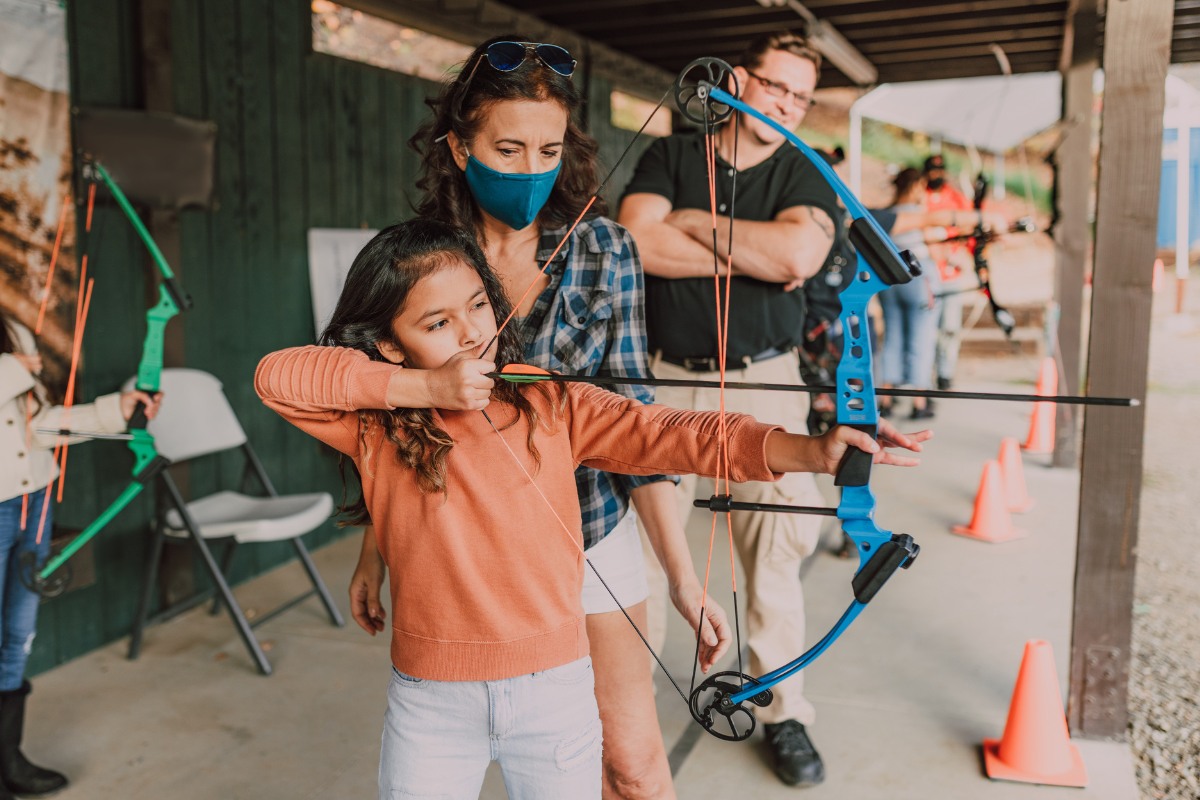Trekking poles will save your legs and joints and help you go more miles in a day. There are easily over 2,000 steps per mile hiking a trail with a backpack. After ten miles of hiking, you have pounded out 20,000+ steps and doubled that to 40,000+ for twenty miles. That is a lot of abuse and repetition. Why wouldn’t your muscles and joints get sore and protest?
If you have ever cross-country skied, you know how essential and helpful cross-country poles are to cross-country skiing. Cross-country skiers are the fittest overall athletes of all sports, as measured by VO2 max studies. They use both their lower and upper bodies, and therefore, their cardiovascular health and fitness are very high. Alaskan sled dogs are even higher, nearly double, but then again, they have four legs and can run 100 miles per day dragging a sled.
The theory and use of trekking poles are very parallel to their use in cross-country skiing. It’s a natural motion that mimics how you swing your arms, walking or running opposite your forward leg and foot.
Warning
You may not like trekking poles at first. Like any new habit, you have to stick with it, learn, adapt, and build a new habit. It takes time.
Benefits
The benefits of trekking poles for hiking endurance have been studied and substantiated in various studies:
- A 1999 study by Schwameder found that trekking poles can reduce compressive force on the knees by up to 25 percent.
- A study published by Dr. G. Neureuther in 1981 proved that use of “ski poles” while walking reduces the pressure strain on the opposite leg by approximately 20%.
- While walking on level ground, poles reduce the body weight carried by the legs by approximately eleven pounds every step. Move to an incline, and that reduction increases to eighteen pounds.
Hiking through the mountains with a backpack is work as defined by physics. You will still burn the same amount of calories whether you use poles or not to propel yourself and a 30-pound pack over 20 miles with 4,000 feet of elevation gain and descent. The difference will be distributing the load over more muscles, tendons and joints in your body and reducing the overuse of your legs. If you are young, tough and have boundless energy — you can get by without poles.
Trekking poles also come in handy for crossing raging rivers, preventing falls on rough terrains, propping up a tarp and helping you maintain a very healthy posture. When you suddenly encounter a crusty steep snowfield, trekking poles are very helpful. If you fell on a steep snow or ice slope you can do a self-arrest with your hiking pole.
How to Use Trekking Poles
First make sure you have the correct length of poles. Some people buy adjustable poles so that they can adjust the length for uphill and downhill tracks. However, the adjustable feature might not be used very often, especially when the trail alternates with incline and decline so often.
To correctly use the straps, come under the straps, put your hand through, and when you place your hand on the pole, the strap will be under the palm of your hand against the pole. If you ever fall and catch yourself on the ground with your hands, this will allow your hands to fall free and prevent a hand injury. Also, for short tasks where you need one or both hands free, the pole will just dangle below your wrist while your hand is free. After your task you just grab the pole handle and continue without the trouble of taking the pole on and off.
You need to learn how to use trekking poles correctly to gain their benefit. Correct use of trekking poles involves using them to push, not just ride along in neutral gear.
Level
On level ground, the poles are at a 70-degree angle, pushing and propelling you forward. It takes practice to coordinate a smooth rhythm with your leg and body motion until it is as natural as swinging your arms when you walk or run.
Uphill
This is especially true when going uphill, which requires more energy. You need to push harder with the trekking poles to relieve the legs and the extra work of going uphill. On very steep terrain or steps you can put both poles forward and use both arms together to climb up each step. This works well on stairs.
Downhill
Going downhill, the poles’ roles change to stability, assisting and safety. You put the poles in front of you and relieve the weight of your body and backpack hammering down on your leg joints – easing down like a spring. Use them to catch you on a slip or stumble. Probe uncertain ground or a creek to prevent surprise landings.
Vary
If your legs are running out steam, just push harder and give them a rest, especially on a steep uphill.
Learn how to use the straps so they are adjusted to take the weight and pressure on your wrist bones. This reduces the need to grip the pole handles with your hands. A hard handgrip unnecessarily wears out your forearm muscles. You “hang” on the straps with a loose comfortable grip of hands and the wrist strap in the optimum position. Experiment till you find the sweet spot.
